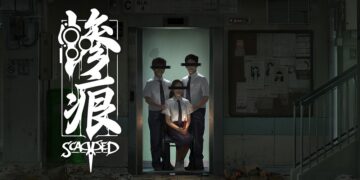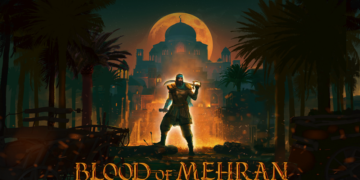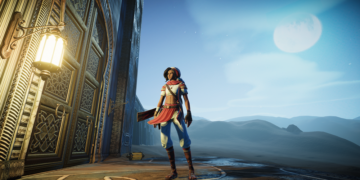Life is Strange: Double Exposure, recently released on 29th October, pulls you back into the contemplative, choice-driven world of Max Caulfield from the 2015 original Life is Strange, now a photographer-in-residence at Caledon University. Deck Nine’s latest instalment dives into the themes of grief, time, and the enduring weight of decisions, blending emotional depth with exploration mechanics. Whether you’re an old-time fan of the Life is Strange series or a newcomer, Double Exposure delivers a compelling experience that showcases both the series’ growth and its roots.
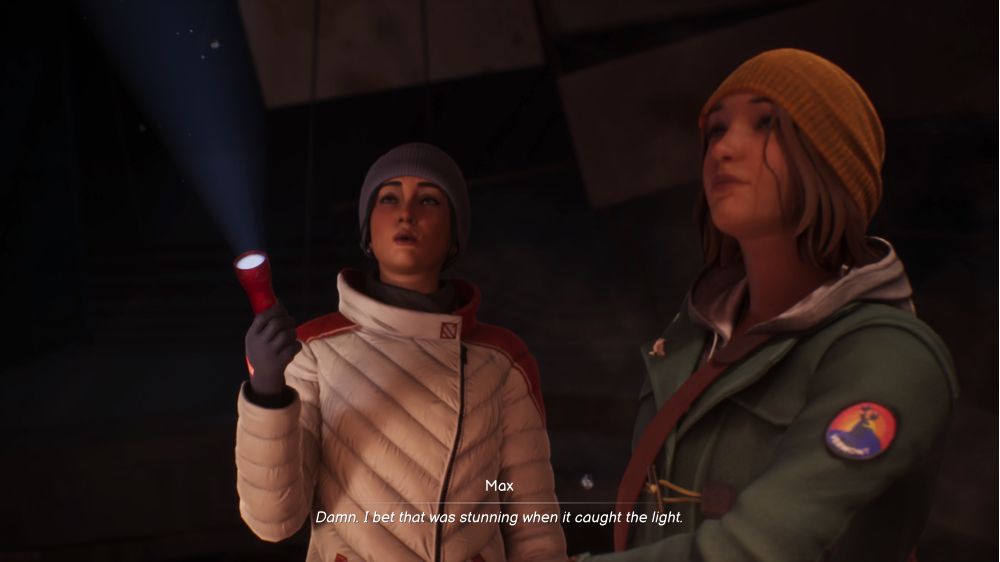
A Narrative That Grips and Guts You
The story begins with a tragedy: Safi, Max’s closest confidant, is murdered shortly after an evening spent together. This sets Max on a journey that spans two timelines—one where Safi lives and one where she doesn’t. This duality is more than just a narrative flourish; it’s the foundation for a game about the ripple effects of grief and hope.
The emotional depth is palpable. The game doesn’t hold back on forcing you to grapple with tough decisions, made even more stressful by its single-save-file, constant auto-save feature, not allowing for any take-backsies. Every dialogue choice feels heavy, knowing you can’t rewind mistakes like in Max’s younger years. The stakes feel raw and real, amplified by the rich character interactions that let you see the pain, joy, and struggle in those around you.
For returning fans, revisiting Max feels like reconnecting with an old friend whose struggles you understand deeply. For newcomers, the game ensures you’re never left in the dark, carefully weaving context about Max’s past without overwhelming the narrative.

Timeline Hopping: A Clever Twist on Familiar Powers
Max’s ability to “pulse” between two realities is a brilliant evolution of her original powers. This mechanic adds layers to the gameplay, requiring you to navigate contrasting timelines to gather evidence, solve puzzles, and piece together the truth. The dual-timeline concept enriches interactions, as you speak to the same character in both worlds, each version shaped by their timeline’s events.
This mechanic transforms Double Exposure into more than just another story-driven adventure. It invites players to think critically about the long-term implications of their choices and how they echo across lives. The game’s structure rewards meticulous exploration, though the anxiety-inducing weight of decisions might frustrate players unused to such high stakes, as the bridges you may risk to burn with some characters might hinder your future ability of gathering evidence.
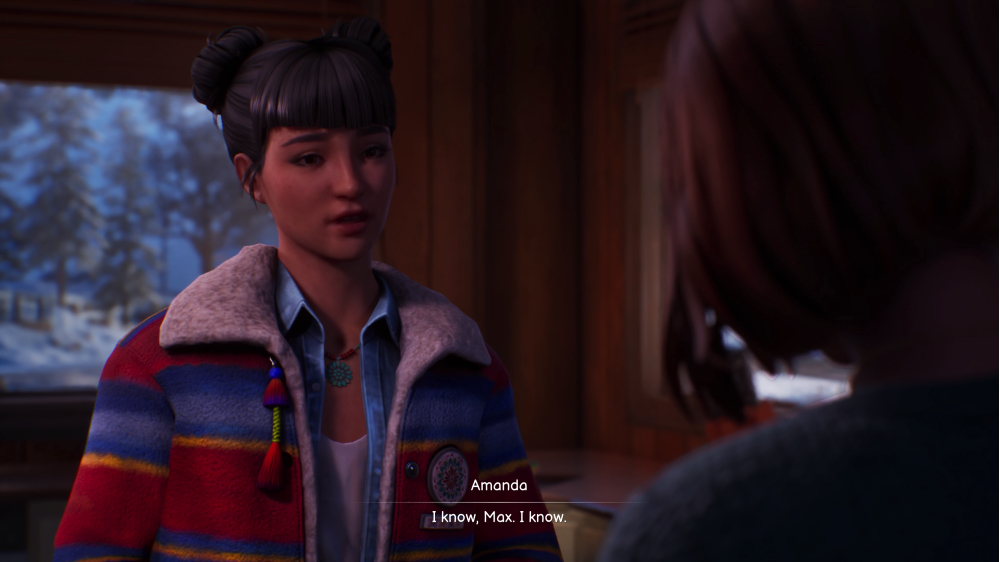
Visuals and Sound: Complementary, Not Groundbreaking
While the graphics won’t leave you breathless, they don’t need to. The warm vibrancy of the Living World contrasts beautifully with the cold desolation of the Dead World, enhancing the emotional resonance of each timeline. The environments are lovingly detailed, drawing you into a world where every photo on a desk or poster on a wall adds to the story.
What truly elevates the experience is the soundtrack. Featuring a diverse lineup of indie artists like dodie and Matilda Mann, the music imbues each scene with an emotional undercurrent that enhances the narrative’s impact. Whether you’re wandering through the cozy warmth of the Snapping Turtle bar or unraveling Safi’s mysteries, the soundtrack keeps you immersed.

Positives and Shortcomings
What Works
- Engaging Storytelling: The narrative is masterfully written, pulling you in and making you care deeply about the characters.
- Innovative Mechanics: The timeline-hopping adds fresh depth to the series’ formula, pushing the boundaries of storytelling in games.
- Memorable Soundtrack: The indie vibe of the music perfectly complements the game’s tone and art style.
- Complete Chapters: Releasing all five chapters at once lets players experience the story uninterrupted, a welcome change from the episodic format of past entries.
What Could Be Better
- Tense Save System: The lack of manual saves makes decision-making stressful, which might alienate some players, who wish they could have a do-over or are likely to want to experiment or regret some of their decisions.
- Visual Limits: While serviceable, the graphics don’t push the boundaries of what the PS5 or Xbox Series X/S can deliver.
- Repetitive Exploration: Some players may find moving between timelines occasionally tedious as puzzle mechanics repeat.
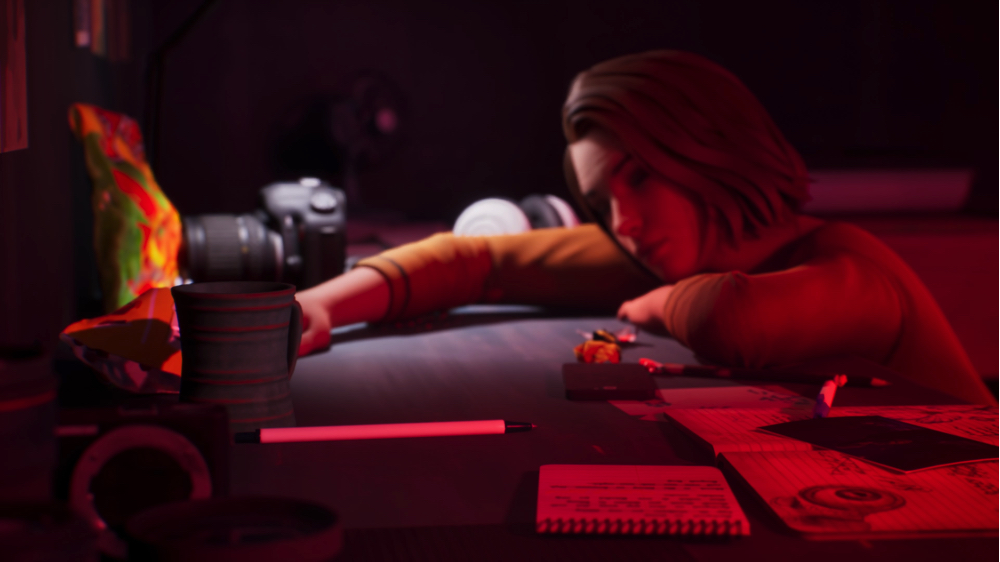
Final Verdict: A Poignant, Thought-Provoking Adventure
Life is Strange: Double Exposure excels as both a love letter to long-time fans and a welcoming entry for newcomers. Its intricate narrative, emotional weight, and innovative mechanics make it a standout in narrative-driven games. Though not without its quirks, its heart more than makes up for minor flaws.
If you’re ready to make tough decisions, explore intricate relationships, and uncover a mystery with Max, Double Exposure will resonate long after the credits roll. It’s a game about choices—and one you won’t regret choosing to play.










